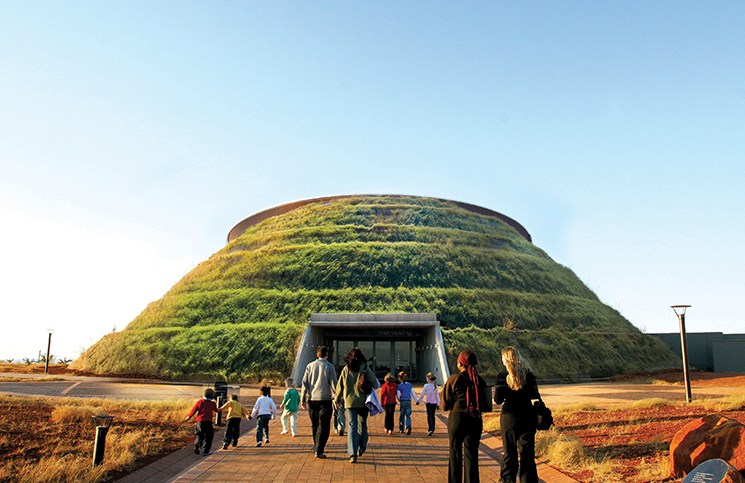South Africa is known the world over for its natural beauty, stunning city skylines and to being home to some of the world’s most unique animals ranging from elephants in Kruger national park to Great white sharks beneath the countries waters. It is also known for its troubled history and race relations, many of which still affect the country today. But it is a country of development, people are investing in luxury homes in south africa, it’s economy, tourism and natural resources. It is continually emerging as a place for tourist and expats to visit and potentially set up home. Its stunning beauty being a major draw, but there are also the number of historical locations which should be considered as visiting points for both South Africans themselves and visitors. These range from ancient African kingdoms, up to some of the more recent troubled history of the country. A visit to these locations will highlight to you the diversity, history and story of South Africa. I have listed a few places of interest here, varying in interest and their relation to South Africa.
The cradle of Humankind:
While out looking for majestic creatures on Safari, why not visit what is believed to be the birthplace of humankind. A UNESCO world heritage site, the cradle of humankind is a series of limestone caves which contain the remains of a large numerous of humanoid fossils. A 2.3 million-year-old fossil, the oldest in the world was found in the caves.
The cave system is roughly 50km north of Johannesburg and contains many of the earliest forms of humanoid remains in the world. An eye-opening experience for scientists and tourists alike. The cave system and its discoveries are some of the most impressive in the world.
Robben Island:
This is probably one of the starkest reminders of Apartheid in South Africa as this island prison was home to Nelson Mandela for 18 years. Tours of the island and prison are run daily and many times the guides are former prisoners who can give first-hand accounts of the treatment of prisoners on the island and the history of apartheid in the country. Accessed by boat from Cape Town, the journey and history of the island can be quite an intense experience.
Dias cross in Kwaaihoek:
The explorer Bartholomew Dias was to accidentally discover the connection between Asia and Europe when he was blown off course around the southernmost tip of Africa. On his return journey he placed three crosses to mark his path and for future reference upon his return and one of these is at Kwaaihoek. The cross which stands today is not the original as that has long since been destroyed.
The one standing know though is a reminder to the explorer’s legacy and a provincial heritage site. The cross can be reached after a short walk along the beach and stands as a testament to the explorer’s discovery.
Nelson Mandela national museum:
This museum which was formerly the home of Nelson Mandela between 1946 and 1962 is now a national heritage trust site and open to the public. It is in the Soweto, Johannesburg and is one of the most widely visited museums in South Africa due to its connection with Nelson Mandela.
The home contains some original documents and furnishing belonging to Mandela along with evidence of attacks from the outside.
The museums also contain a visitor centre with information on Nelson Mandela, his life, time in prison and information on the house itself. It has been praised for raising the number of visitors to Soweto and Johannesburg in general.
The castle of good hope:
This building which began construction in 1666 was once the centre of administrative and social activity in the Cape Colony. It now stands as the oldest remaining colonial building of its time. Today the building now houses two museums and the military of Cape town, thus giving you an idea of the sheer size of this building.
The building is now a historical landmark to the presence of the Dutch East India company and it can be visited seven days a week. It is both popular with lovers of history and architecture due to restoration work and the importance of the building on the history of South Africa.
Kimberley Big hole:
The mining history of South Africa can be traced back to the discovery of diamonds in the Kimberley region in the mid-1800’s, before this there had not been much of an incursion into the interior of South Africa. The discovery of diamonds changed all that. The hope which remains in Kimberley is the largest man-made hole in the world, testament to the work and hardship which went into trying to find as man precious stone and minerals as possible.
Many historians place a link between the discovery of these diamonds and the later emergence of Gold further north to the beginning of industrialisation in these lands. The results were the Boer war, the industrialisation and emergence of larger towns and cities throughout South Africa thus beginning what is known as South Africa today.
As you can see from this brief list, South Africa is not just a nation of safaris, there is a troubled and turbulent history but one which is rich in culture and which has turned South Africa into the nation it is today. Visit any one of these places to experience the story of South Africa.











